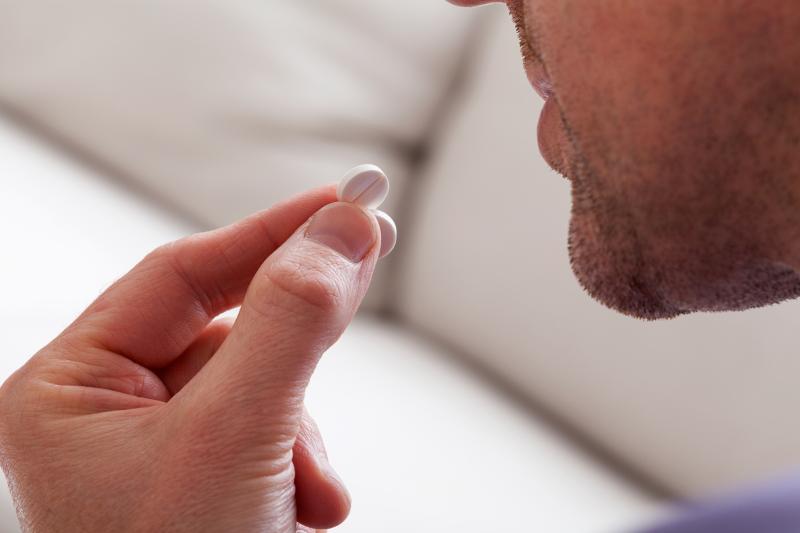Eosinophilic esophagitis remission maintained on orodispersible budesonide





Eosinophilic esophagitis (EoE) patients may successfully maintain their remission up to 48 weeks on a budesonide orodispersible tablet (BOT), without any serious treatment-related adverse events (AEs), according to the results of a phase III trial.
Both BOT doses of 0.5 mg twice daily and 1.0 mg twice daily were effective and superior to placebo, with remission rates of up to 75 percent, the investigators said.
“These findings illustrate firstly, the effectiveness of BOT for the maintenance treatment of EoE, and secondly, that EoE requires a proper long-term anti-inflammatory therapy,” they pointed out, “because without active treatment, the vast majority of patients experience a relapse within the first 100 days after cessation of the medication.”
In total, 204 adult patients (mean age, 36 years; 82.8 percent; mean disease duration, 3.9 years) in clinical and histologic remission were randomly assigned to groups given BOT 0.5 mg (n=68), BOT 1.0 mg (n=68), or placebo (n=68). Maintenance treatment was administered twice daily for up to 48 weeks. Demographic and disease-specific characteristics at baseline were similar in all the treatment groups.
At treatment conclusion, about three-fourths of patients in both BOT groups (73.5 percent on 0.5 mg and 75 percent on 1.0 mg) maintained remission, which was defined as the absence of symptom and the lack of eosinophilic inflammation in the oesophageal mucosa at EoT. In comparison, only 4.4 percent of those on placebo remained in remission (p<0.001), with the patients relapsing within a median of 87 days. [Gastroenterology 2020;doi:10.1053/j.gastro.2020.07.039]
Relapse rates with BOT remained relatively flat throughout the entire study period, suggesting that loss of efficacy over time is likely not a concern for budesonide used in EoE, as the investigators pointed out.
In terms of safety, both BOT doses were well tolerated, with no serious drug-related AEs documented. There were 16.2 percent of patients on 0.5 mg and 11.8 percent on 1.0 mg suspected to have clinically manifested candidiasis, but all infections were resolved with treatment.
Morning serum levels of cortisol were in the normal range at baseline and did not significantly change during treatment. Four patients on BOT developed low serum levels of cortisol although without symptoms of adrenal insufficiency.
“Nevertheless, we recommend monitoring symptoms and signs of adrenal insufficiency when administrating topical-acting corticosteroids over prolonged time periods, [especially] in children and when using higher doses,” according to the investigators.
The use of budesonide to maintain EoE remission was previously explored in a single-centre controlled trial including a small number of adult patients given a daily dose of 0.5 mg as a watery solution. Only 35.7 percent of patients maintained histologic remission after 1 year, whereas three-quarters of them experienced symptom relapse despite treatment. [Clin Gastroenterol Hepatol 2011;9:400-409]
Noting the conflicting results between the said study and the current trial, the investigators explained that different doses and formulations might be the reason for the differences in efficacy for the same compound. “With the newly developed BOT formulation, saliva is used as a vehicle, which most likely results in a prolonged deposition of the drug on the oesophageal surface.” [Gastroenterology 2012;143:321-324]
Despite the presence of several limitations, the present trial “demonstrated that BOT is effective and safe as maintenance therapy for adult patients with EoE who achieved disease remission with BOT 1.0 mg twice daily,” they concluded.